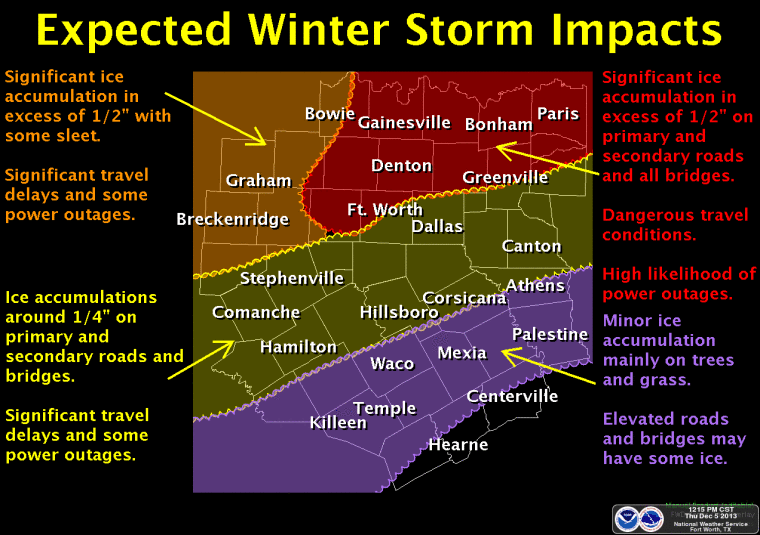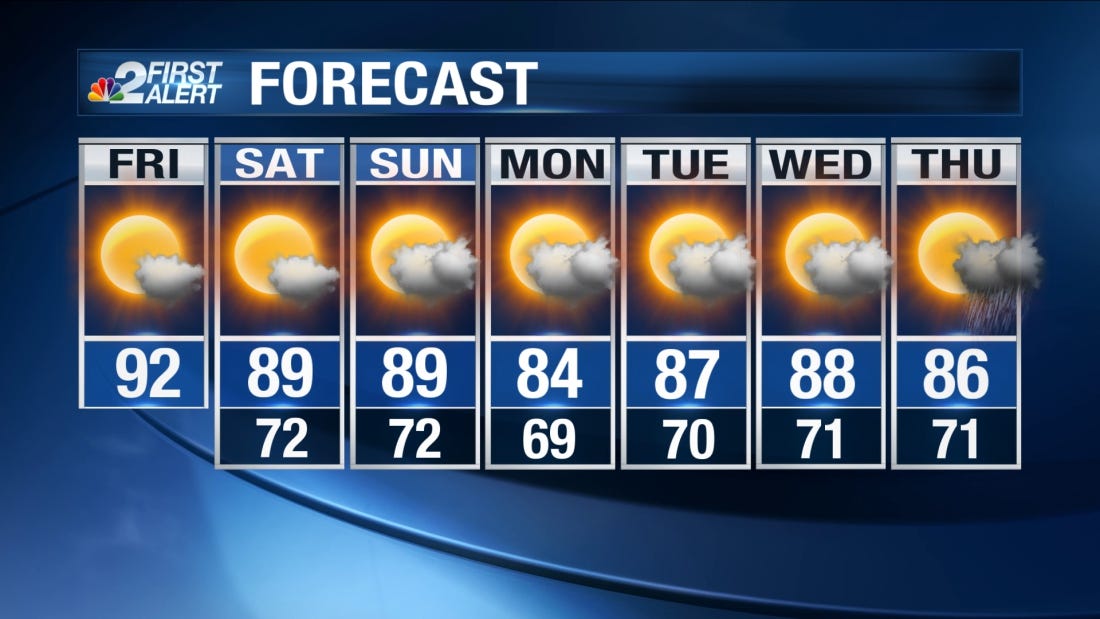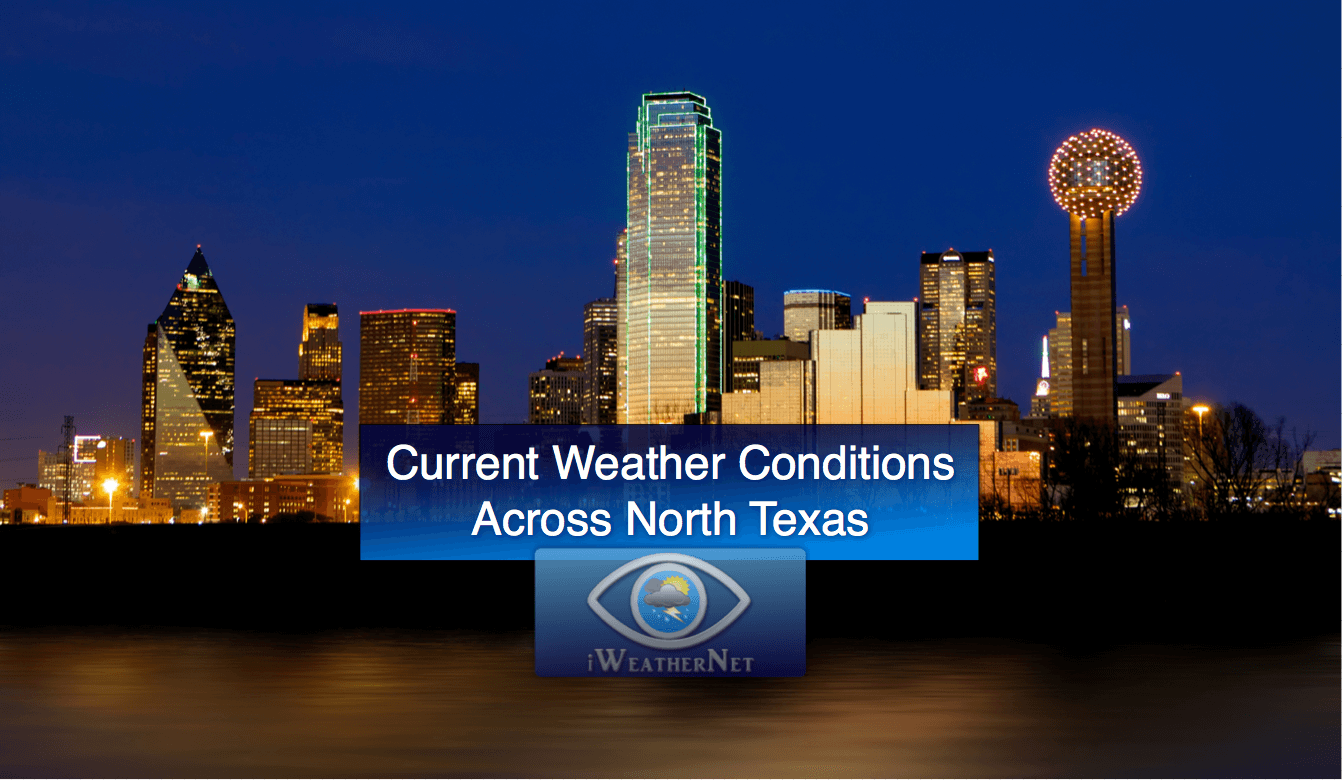Dallas, TX live road conditions and updates are included - as well as any NWS alerts, warnings, and advisories for the Dallas area and overall Rockwall county, Texas. All other weather data, including cloud cover, precipitation, wind speed and direction, and solar flux, come from NASA's MERRA-2 Modern-Era Retrospective Analysis. By the time the snow arrives, the air is going to be dry. The colder it gets, the dryer the air will be, which means the dryer the snow will be.
The snow that's falling is going to whip around once it gets windy. Martello anticipates gusts between 30 to 40 miles per hour on Monday, so anticipate poor visibility throughout the day. Tuesday morning will begin with temperatures in the single digits. Sub-zero wind chills will settle in on Sunday night. More snow is in the forecast for Tuesday night and Wednesday morning.
The calmer time of year lasts for 4.7 months, from June 2 to October 26. The calmest day of the year is August 23, with an average hourly wind speed of 8.0 miles per hour. Detailed forecast in Dallas for 14 days, exact wind, temperature, cloud and atmospheric pressure data. Mostly sunny with a 40% chance for rain and thunderstorms. Dew point will be around 59F with an average humidity of 56%. Dallas will see a return of last week's unusually rainy weather today, according to the seven-day forecast from drone-powered weather service Saildrone.
Today's forecast predicts 1.56 inches of rain, while the chance of rain will remain below 40 percent the rest of the week. Our 14 day weather forecast for Dallas becomes more accurate the closer to the date of your visit, so always be sure to check in frequently for any weather updates. The percentage of hours in which the mean wind direction is from each of the four cardinal wind directions, excluding hours in which the mean wind speed is less than 1.0 mph. The lightly tinted areas at the boundaries are the percentage of hours spent in the implied intermediate directions . The windier part of the year lasts for 7.2 months, from October 26 to June 2, with average wind speeds of more than 9.9 miles per hour. The windiest day of the year is April 2, with an average hourly wind speed of 11.8 miles per hour.
A UV index reading of 6 to 7 means high risk of harm from unprotected sun exposure. Protection against skin and eye damage is needed. If outdoors, seek shade and wear sun protective clothing, a wide-brimmed hat, and UV-blocking sunglasses. Generously apply broad spectrum SPF 30+ sunscreen every 2 hours, even on cloudy days, and after swimming or sweating. Bright surfaces, such as sand, water, and snow, will increase UV exposure. The mean minimum temperature will be 20°C, dipping to its lowest on the morning of Tuesday 5th at 19°C.
The fortnight ahead will remain predominantly dry. On the whole winds are likely to be moderate. Dallas weather forecast for now and the week ahead — No precipitation for at least 120 min. Partly cloudy with a 70% chance for rain and thunderstorms. Dew point will be around 63F with an average humidity of 64%.
Dew point will be around 64F with an average humidity of 63%. Mostly clear with a 60% chance for rain and thunderstorms. Dew point will be around 61F with an average humidity of 64%. Mostly clear with a 70% chance for rain and thunderstorms. Dew point will be around 59F with an average humidity of 58%. Clouds build tonight ahead a storm system offshore that will move over Southern California bringing isolated showers and thunderstorms Monday into Tuesday.
Peak activity will be Monday afternoon through Tuesday morning. Some storms may become severe producing gusty winds, small hail, brief heavy rain and abundant lightning. Expect an unsettled start to the week with showers and a few rumbles of thunder Monday and more showers into Tuesday. Even with things drying out through the end of the week, there will still be a lot of clouds around and an isolated shower chance each day. Temperatures this week will be in the low 70s for highs and in the upper 50s for lows, both of which are above average.
Winter will be milder and drier than normal, with below-normal snowfall in places that normally receive snow. The coldest periods will be in mid-November, early to mid-December, and late January. The best chance for snow will be in late January. April and May will be cooler and rainier than normal. Summer will be cooler than normal, with the hottest periods in mid-June, mid- to late July, and mid-August. Rainfall will be below normal in the north and above normal in the south.
September and October will be cooler than normal, with rainfall below normal in the north and above normal in the south. This story was created automatically using Saildrone's local weather forecast data, then reviewed by an editor. We also incorporate historic weather data from the National Oceanic and Atmospheric Administration . Click here for more about what we're doing.
The issue there is an increase in demand for power, but also ice buildup on power lines and trees. Tuesday night into Wednesday will bring more snow, but temperatures should be about 15 to 20 degrees warmer than what's coming on Sunday night and Monday. The Electric Reliability Council of Texas, which manages the state's electric grid, expects record demand by Monday morning.
Public Utilities Commission of Texas Chair LeAnn Walker said Saturday afternoon the state will not be able to add further capacity to the system. ERCOT may institute rolling 15-minute outages to conserve energy if necessary. Tomorrow, the Isles are expected to be dry with sunny spells and variable cloud amounts.
The mainland looks to have variable cloud amounts with a chance of some rain moving into eastern areas later. The percentage of time spent in various temperature bands. The black line is the percentage chance that a given day is within the growing season. The beach/pool score favors clear, rainless days with perceived temperatures between 75°F and 90°F. Based on this score, the best time of year to visit Dallas for hot-weather activities is from late May to late September, with a peak score in the last week of June.
The average hourly wind speed in Dallas experiences significant seasonal variation over the course of the year. This section discusses the wide-area hourly average wind vector at 10 meters above the ground. The wind experienced at any given location is highly dependent on local topography and other factors, and instantaneous wind speed and direction vary more widely than hourly averages. The cool season lasts for 3.0 months, from November 25 to February 24, with an average daily high temperature below 64°F. The coldest day of the year is January 4, with an average low of 39°F and high of 56°F. The coldest month of the year is January, with an average low of 39°F and high of 57°F.
The hot season lasts for 3.4 months, from June 4 to September 18, with an average daily high temperature above 88°F. The hottest day of the year is August 1, with an average high of 96°F and low of 77°F. The hottest month of the year is August, with an average high of 95°F and low of 76°F. This refers to the sustained average wind speed, normally averaged over a period of 10 minutes for up to 3 hrs.
Wednesday things will quiet down then an early season storm will bring more widespread rain Thursday night into Friday potentially lingering into Saturday. This system is something more typical during the winter months than early fall and would be very beneficial before we head into Santa Ana season. The upcoming week will feature above normal temperatures and little to no chance for rain.
Highs will be in the mid and upper 80s most of the week with a few readings exceeding 90. Dry weather looks to return late in the weekend with Sunday being the next day to feature no rain chances with high pressure pushing in behind a retreating cold front. Abundant moisture ahead of a slow approaching cold front will facilitate a stormy and wet patter that lasts much of the week. Monday night into Tuesday will dip into the mid-60s before Tuesday rings more in the way of rain and storm chances.
Monday will be partly sunny with afternoon highs peaking near 80 degrees. Winds will be light out of the South as isolated storms develop during the peak heating hours of the day. If you have to get out, the Texas Department of Transportation maintains a DriveTexas app that allows you to check highway conditions. That includes the presence of snow or ice. The NWS is already warning that patchy, freezing drizzle from Saturday morning will turn to ice throughout the day. Eric Martello, a senior meteorologist at the National Weather Service in Fort Worth, said on Friday that there was already arctic air in place thanks to the blast that came in earlier this week.
But more of it has now come down from the Rockies, introducing us to as much as seven inches of snow beginning Sunday afternoon. The National Weather Service has issued Winter Storm Warning for much of Central and North Texas, beginning 6 a.m. That means "bitter cold" and "near-blizzard conditions" are possible, with wind chills as low as -15 degrees Fahrenheit. It's more likely to feel closer to zero, but either one should tell you to stay inside. The warning stretches from Cameron in the south to Gainesville in the north, over to Abilene in the west and Athens in the east. Dallas-Fort Worth is right in the middle of it.
The National Weather Service has issued a wind chill warning for basically all points north of Austin up to the Oklahoma border. That lasts through Tuesday at noon, replacing the winter storm warning that had been in place since Friday. The cold, which can reach negative 20 in some parts of the state, can cause frostbite on exposed skin within half an hour. On Monday morning, Dallas-Fort Worth International Airport recorded a wind chill of -15, per the NWS. Monday's low hovers around the low single digits. Wind chill will be below 0 through Tuesday.
The snow returns on Tuesday night and Wednesday morning. And, indeed, more than 1 million Dallasites face other outages. The location marker is placed on Dallas. This animation shows the precipitation radar for the last hour, as well as a 1h forecast. Drizzle or light snow fall might be invisible for the radar. Precipitation intensity is colour coded, ranging from light blue to orange.
The real-time satellite image combines visible light during daytime with infrared radiation during nighttime. At night, the image is not dark as infrared radiation can detect temperature differences. Unfortunately, low clouds and fog are difficult to distinguish from ground temperatures and thus can be almost invisible during the night. Meteosat satellite images for Europe are updated in real-time every 5 minutes. GOES-16/GOES-17 (North & South America) and Himawari images update every 10 minutes. The weather forecast has very high predictability.
Compare different forecasts with MultiModel. On Wednesday morning, rain might affect Shetland for a time, but later in the day, it should turn largely dry with sunshine for all. Thursday is set to become unsettled again with cloudy skies and spells of rain moving in from the south-west.
Friday should become dry for a time along but it may continue mostly cloudy. Further spells of rain might arrive at the end of the day. Tonight, it will start partly cloudy with the odd lingering shower, but it will become clear and dry later. Winds will be light, and a chilly night is expected. The tourism score favors clear, rainless days with perceived temperatures between 65°F and 80°F.
We base the humidity comfort level on the dew point, as it determines whether perspiration will evaporate from the skin, thereby cooling the body. Lower dew points feel drier and higher dew points feel more humid. Among wet days, we distinguish between those that experience rain alone, snow alone, or a mixture of the two.
Based on this categorization, the most common form of precipitation throughout the year is rain alone, with a peak probability of 37% on May 15. A wet day is one with at least 0.04 inches of liquid or liquid-equivalent precipitation. The chance of wet days in Dallas varies throughout the year. The percentage of time spent in each cloud cover band, categorized by the percentage of the sky covered by clouds.
The figure below shows you a compact characterization of the entire year of hourly average temperatures. The horizontal axis is the day of the year, the vertical axis is the hour of the day, and the color is the average temperature for that hour and day. Summer can be oppressive, with the temperature going as high as 102.2°F (39°C) on average on the hottest days, coupled up with ten plus hours of hot sunshine!
Heatwaves may be experienced, and visitors are advised to be armed with protection from the extreme sunburns that are imminent. North northeast wind 5 to 10 mph becoming light after midnight. Stay up to date with the latest weather forecast from NBC 5's team of Weather Experts by clicking here or by watching the video below. Mostly clear with scattered thunderstorms. Dew point will be around 64F with an average humidity of 69%. The time period when the sun is between 12 and 18 degrees below the horizon at either sunrise or sunset.
The sun does not contribute to the illumination of the sky before this time in the morning, or after this time in the evening. In the beginning of morning astronomical twilight and at the end of astronomical twilight in the evening, sky illumination is very faint, and might be undetectable. A shower or two around the area in the morning, then partly cloudy in the afternoon.
Enjoy the week ahead, it'll generally be ideal weather for any outdoor activities. Even if any rain impacts your area Wednesday it won't be heavy. Wednesday will be the coolest day with a mix of sun and clouds and highs in the mid 70s.


























